We tend to think of World War II as the first time women were really able to step out of their domestic roles as mothers and housewives, but they were surprisingly also active decades before that during World War I.
For some reason, parts of "The Great War" tend to get forgotten. Among many other things, it should be remembered as a global crisis that ended up boosting many international advancements for women. Several career roles we've now come to look at as more traditionally feminine only became available to ladies when their men went off to fight in the "war to end all wars."
Unfortunately, some of those wartime professions proved to be dangerous for the women who stepped up to provide for their families. Others were taken right back away from them when men returned from the front lines to reclaim their old gigs.
Take a look below to see some of the surprising ways women persevered during World War I.
Let us know in the comments if we missed any important roles they filled, and be sure to SHARE with your friends!
1. Munitions Factory Workers
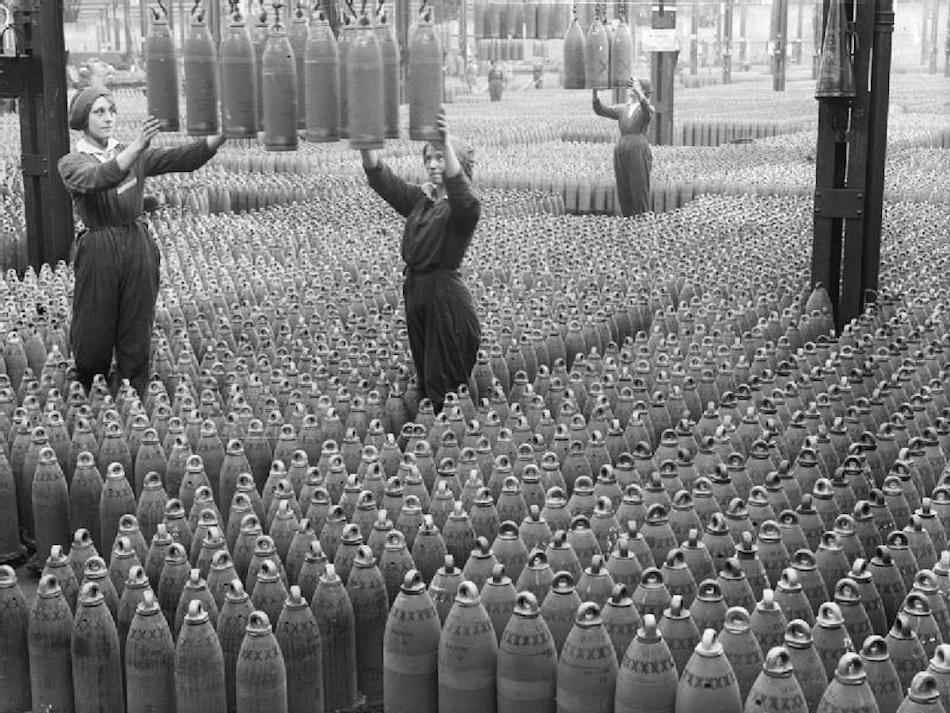
This was the largest role for women, but the conditions were such that they were often handling the poisonous substances without decent protective clothing or other safety measures.
It was common for their skin to turn yellow from working with TNT, earning the nickname "canaries." About 400 women ultimately died from overexposure in those factories.
2. Police Officers
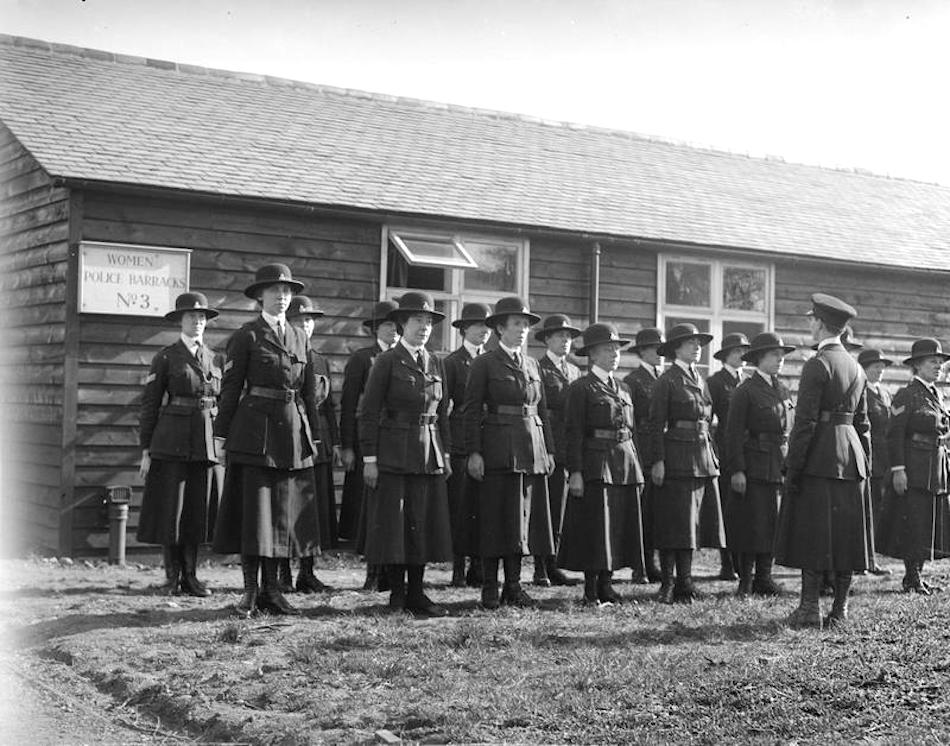
Though there had been a handful of ladies appointed to official police positions in America before the war, it was the first time women in England were given any badges.
They were assigned to "Women's Patrols," monitoring women in factories and hostels to make sure they weren't getting too rowdy as well as making sure they weren't bringing any potentially explosive materials to work with them.
3. Switchboard Operators
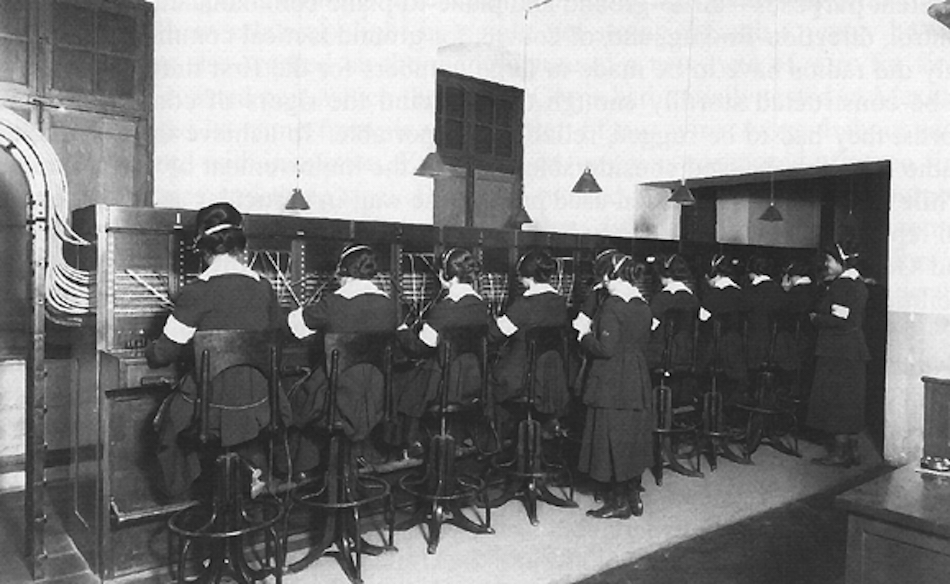
Over 200 bilingual American women became known as "Hello Girls" when they served as long-distance switchboard operators, working with the U.S. Army Signal Corps beginning in 1917.
4. Relief Fund-Raisers
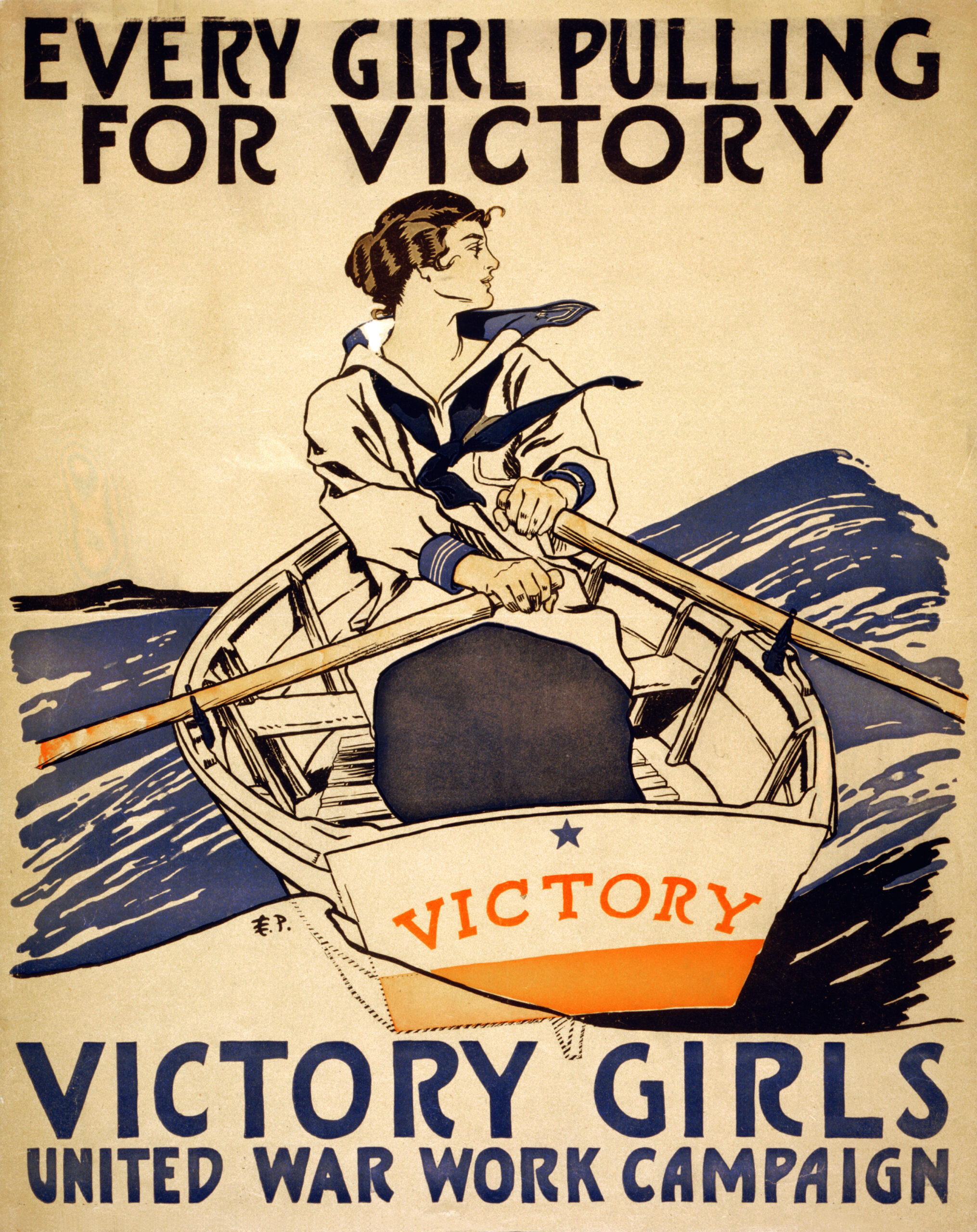
Even before the United States officially entered the war, thousands of women formed groups to raise money and collect items to send over to areas of Europe where the fighting did the worst damage.
5. Transportation Workers
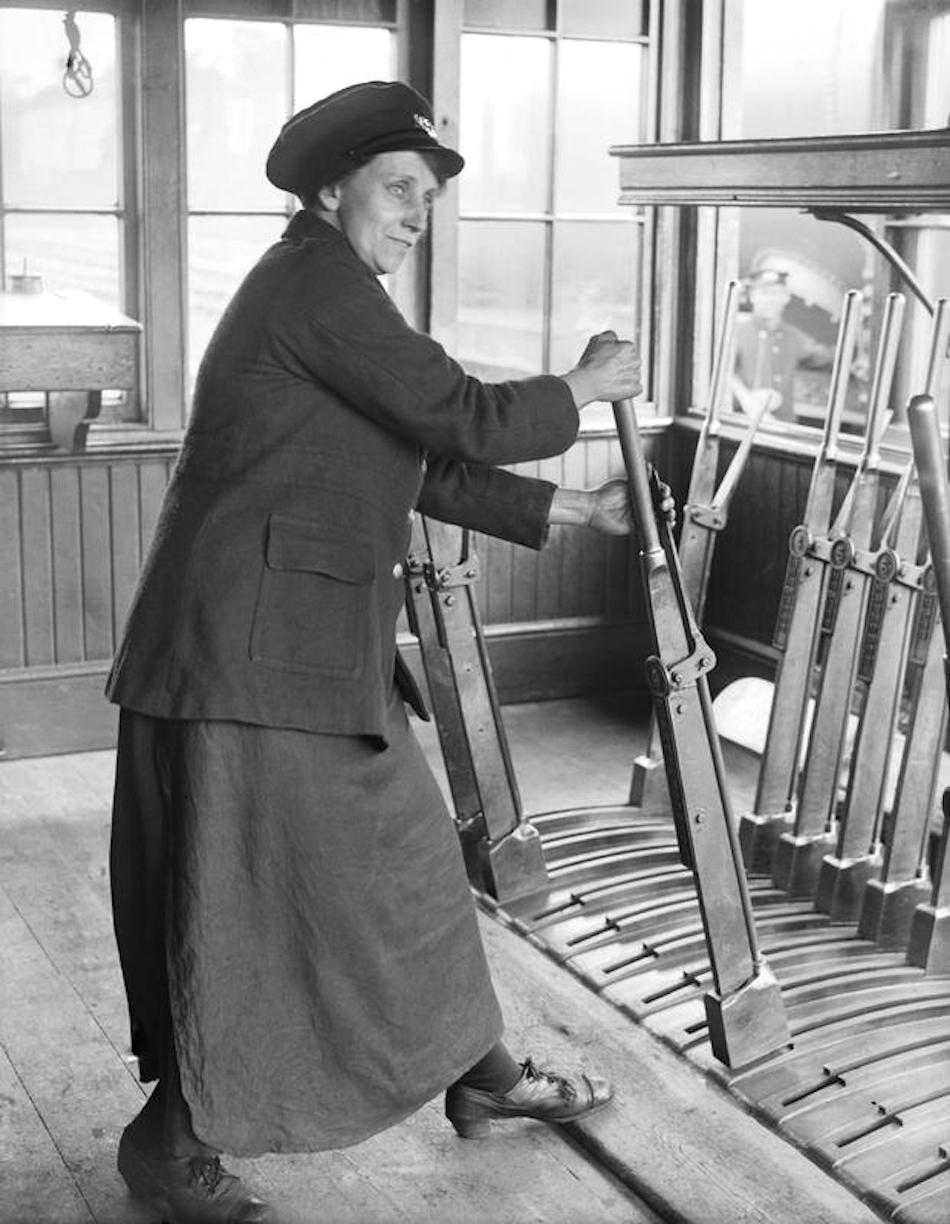
During WWI, the number of female railway workers in England rose from 9,000 to 50,000. They were also employed in other areas of transportation such as bus drivers and carriage cleaners, but pretty much all of them were replaced by men who returned to their previously held positions after the war.
In America, newspapers noted that women working for the Pennsylvania Railroad increased from about 1,500 to nearly 4,000.
6. Piece Workers

Though it wasn't an entirely new vocation for women, more began taking in "piece work," which included things like washing, ironing, and sewing, to provide a few extra dollars during the war. They would be paid based on how much they produced.
7. School Teachers
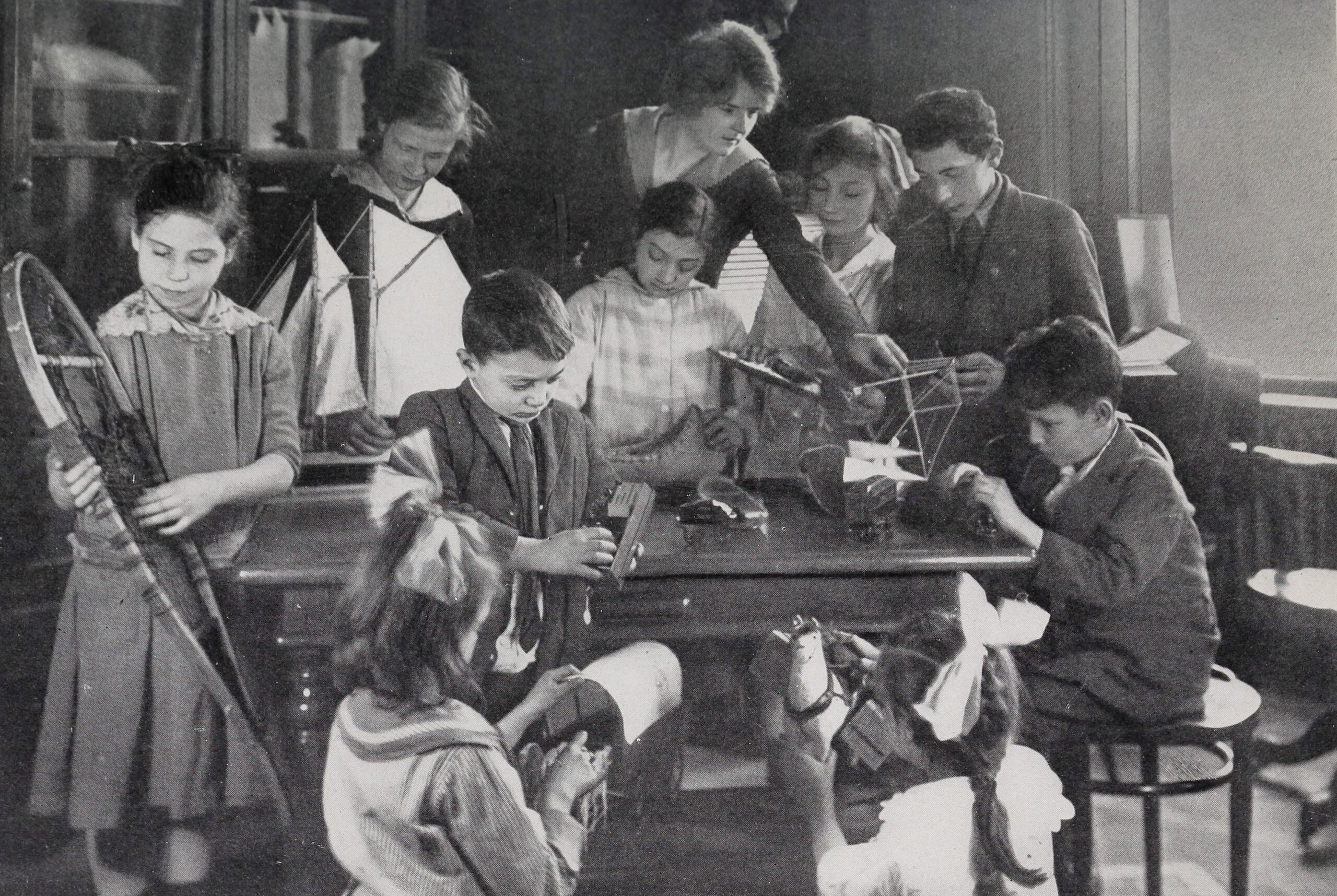
Men dominated the teaching industry, but that balance shifted during the war both in America and across Europe after conscription started taking most of the men away as soldiers.
8. Soccer Players
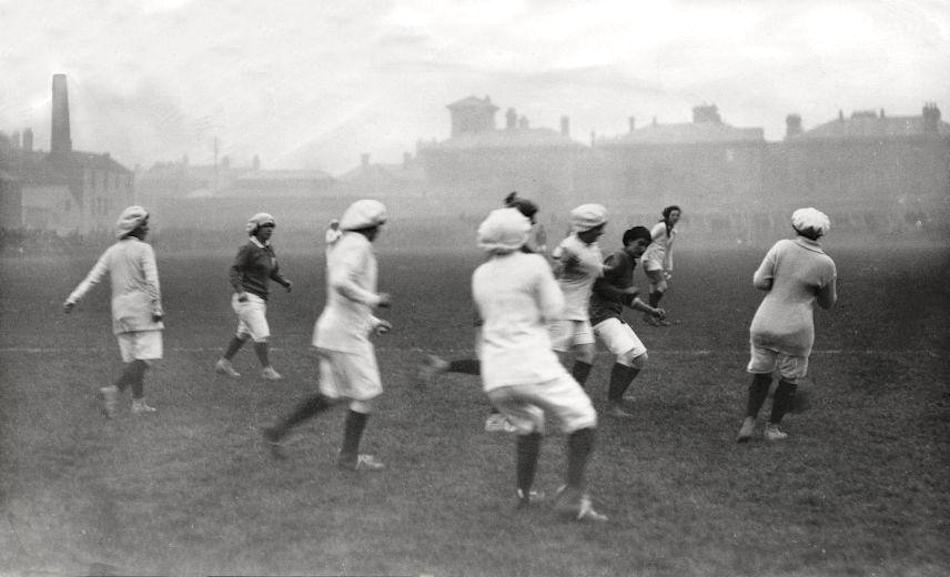
Several factories across the pond encouraged women to get exercise and keep up their morale by playing the sport. They even formed the first-ever ladies' teams.
9. Military Nurses
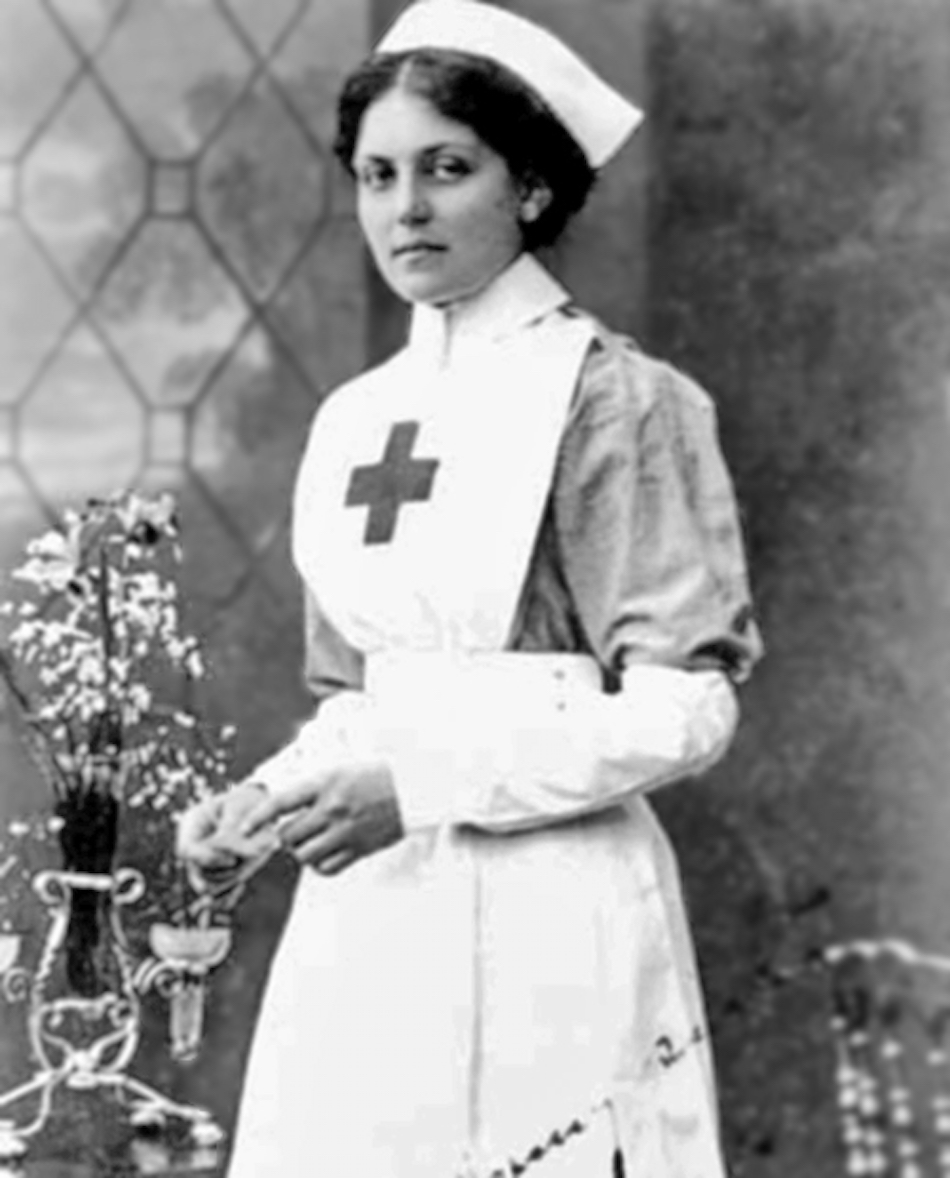
There were some women in the medical field before the war, even a few doctors, and they often followed their husbands around during times of war to tend to their wounds. However, this was the first time they were given official nursing duties on the battlegrounds and at home through organizations like the Red Cross.
10. Housekeepers
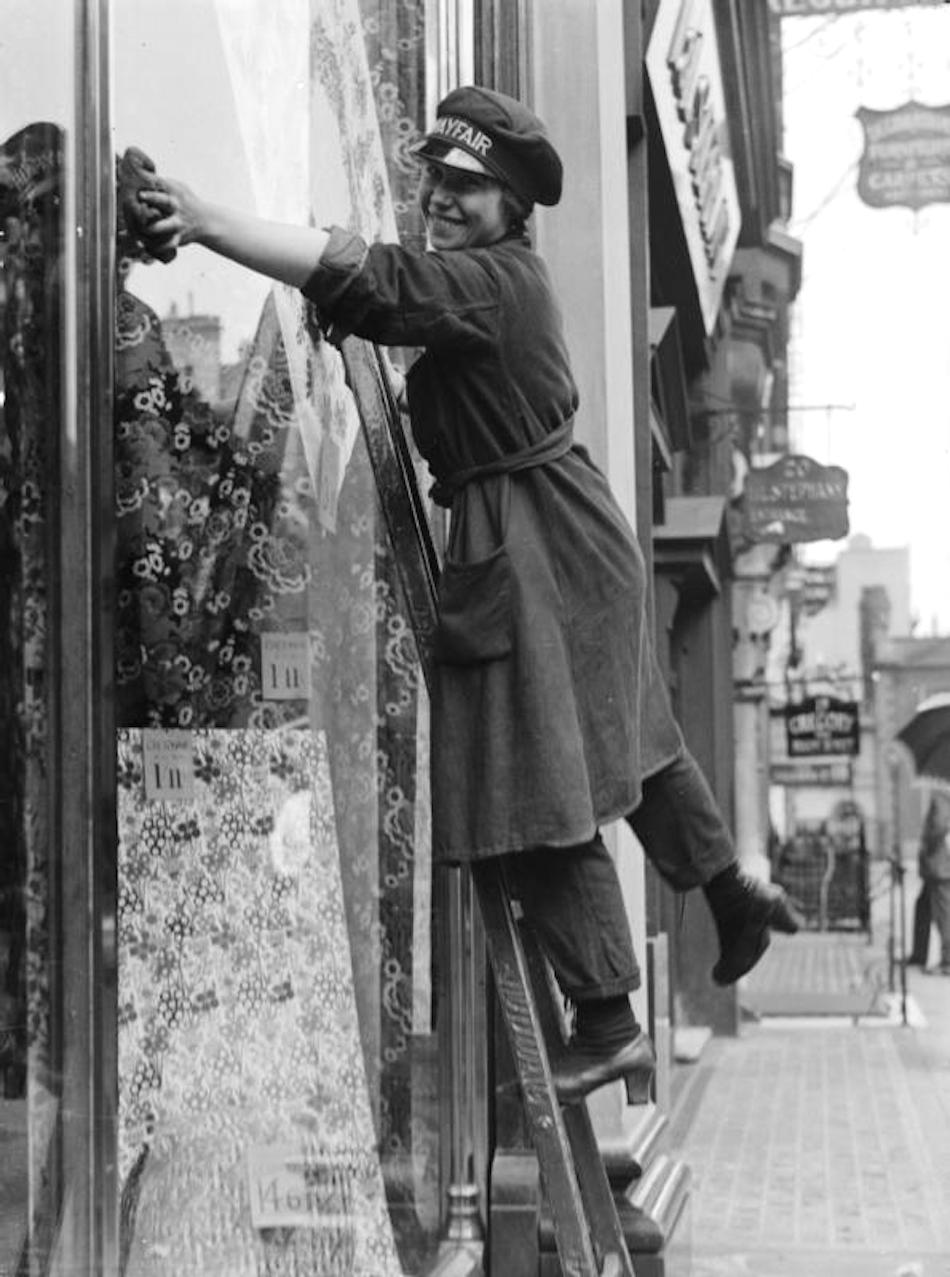
Obviously, women were well established at keeping their own homes in order, but there was an increase in help-wanted ads requesting young women to lend a hand with general housework.
For example, a newspaper in Seattle ran an ad saying, "Widow: 40; very good appearance, whose only support has gone to war would like some light work to help out."
As you can see above, this also extended to local businesses relying on the young ladies to keep things tidy.
11. Farmers And Gardeners
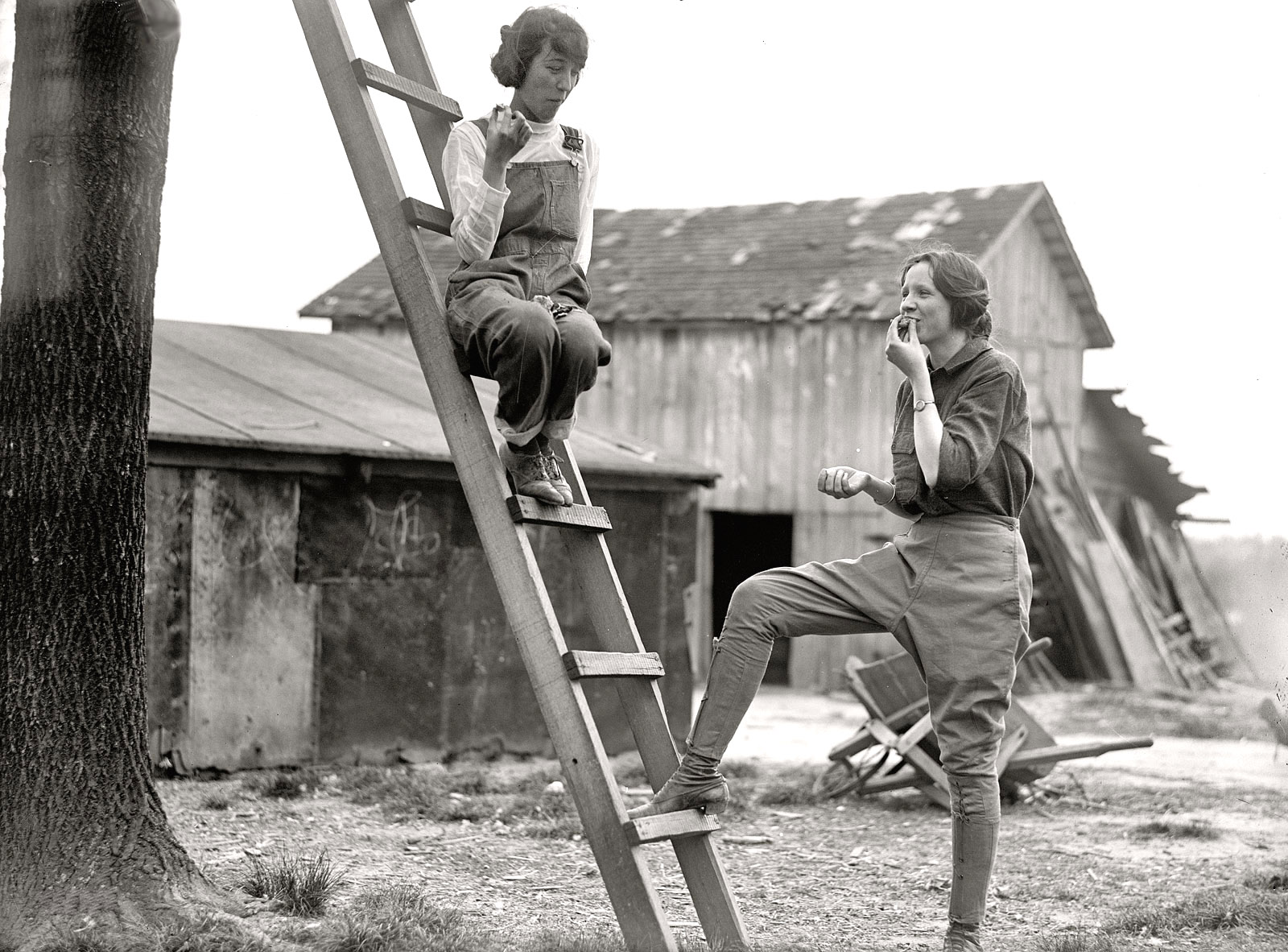
We tend to think of "victory gardens" as being established during World War II, but they became popular in Canada and the United States back in 1917 when food supplies began to run drastically low.
In the U.S., the National War Garden Commission was launched in March of that year. It resulted in over 5 million gardens in both public and private lands providing food that could also be shipped over to the depleted areas of Europe. President Woodrow Wilson even said, "Food will win the war."
Did we miss any surprising ways women stepped up during "The Great War" all across the globe? Let us know below, and be sure to SHARE with your friends!




